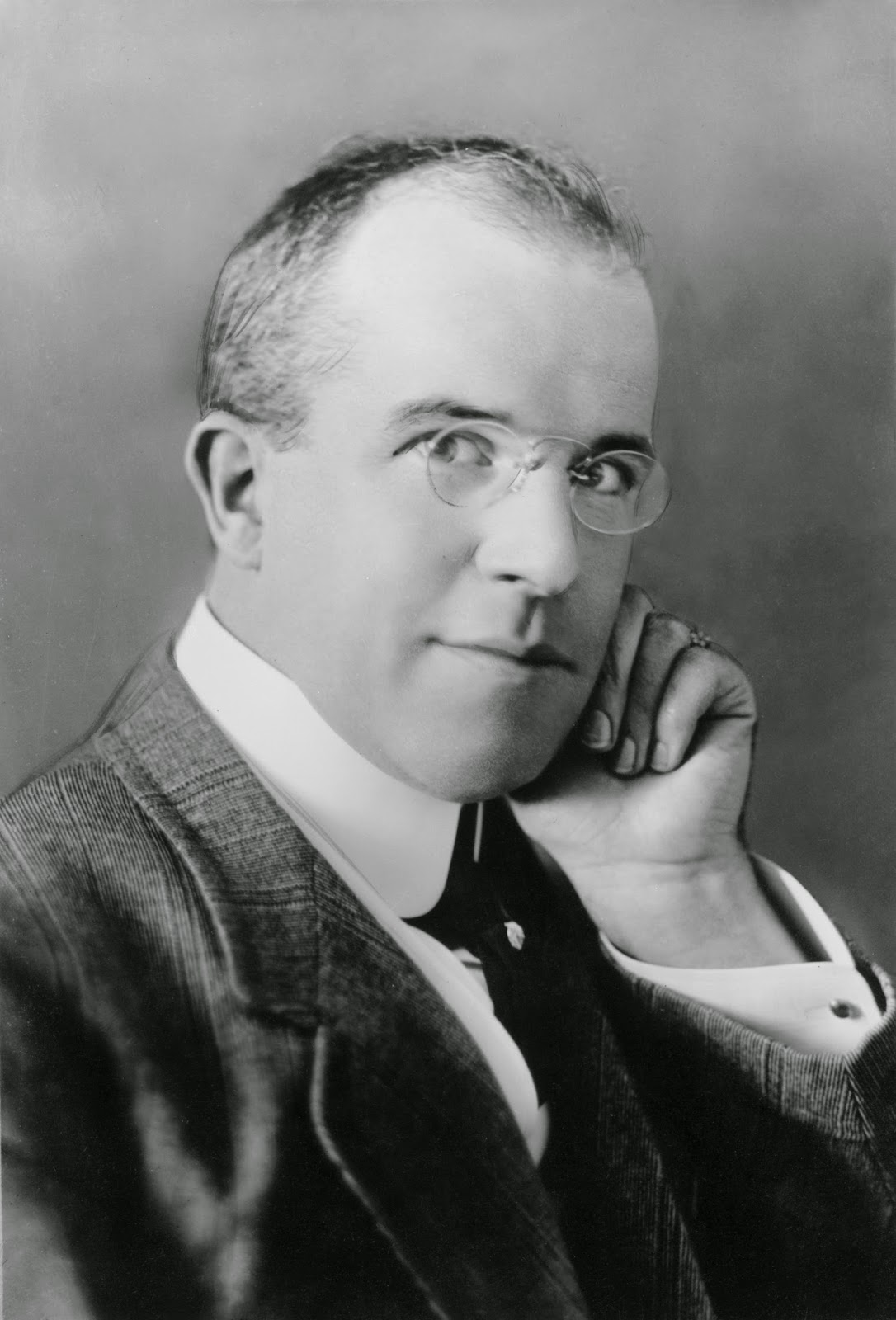Phenakistoscope, zoetrope and praxinoscope, as well as' normal flip book, is a popular animation tool that was created when the earliest 1800s. This tool is able to move from painting tiling using technology, but the animation is actually not much developed so as to create motion picture films.
No single individual person shall be recognized as the "creator" of film animation, as there are a number of people doing a number of projects that can be considered as different types of animations that exist at the same time.
Georges Méliès, a French filmmaker, is the creator of the film special effects, such as Journey to the Moon (Le Voyage dans la lune). He uses a variety of techniques - one of which is to stop the recording camera, make changes in context, and then resume recording the movie. The idea is very similar to what will be a stop-motion animation. Méliès discovered this technique accidentally when his camera broke down when shooting a moving bus. Once the camera is repaired, incidentally horse running through it once Méliès resume recording. As a result, the bus seemed to turn into a horse.
J. Stuart Blackton barangkalinya is the first American film fabricated using the technique of stop motion and hand-drawn animation. After being introduced to the film by Edison, he pioneered these concepts at the beginning of the 20th century, with his first copyrighted work in 1900. Some of his films, among them The Enchanted Drawing (1900) and Humorous Phases of Funny Faces (1906) is the film version of the routine "lightning artist" Blackton, and use a modified version of the techniques early stop motion Méliès to produce a series of blackboard drawings appear to move and change shape itself. Humorous Phases of Funny Faces' is often regarded as the first true animated film, and Blackton was the first true animator.
Another French artist, Émile Cohl, began drawing cartoon series and in 1908, he produced a film titled Fantasmagorie. The film features a stick figure moving-geri and find all range of deformable objects, such as bottles of wine that turns into a flower. There are also sections of live action where the animator's hands enter the draw. The film was produced by drawing each image on the paper and then take each image into negative film which gives the picture a blackboard look. This makes Fantasmagorie first animated film produced by what is known as traditional animation (hand-drawn).
Following the success of Blackton and Cohl, many other artists began experimenting with animation. One of them was Winsor McCay, a successful newspaper cartoonist who produces detailed animations that required a team of artists and painstaking attention to perinciannua. Each image is drawn on paper; which often require background-background and characters to be redrawn and animated. Among McCay famous films include Little Nemo (1911), Gertie the Dinosaur (1914) and The Sinking of the Lusitania (1918).
Animated short film, or "cartoon", developed into an industry during the 1910s, and cartoon shorts produced for cinema screening. Publisher's most successful early animation was John Randolph Bray, who, along with animator Earl Hurd, patented the cel animation process which dominated the animation industry throughout the decade.
Source:http://ms.wikipedia.org/wiki/Animasi.





0 comments:
Post a Comment